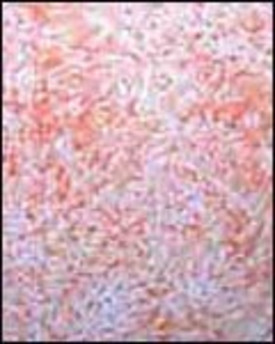 |
||
Looking for a change of scenery? Tired of staring at those same old four walls (or floors or cabinet doors, etc.)? Take the plunge and experiment with one of the many faux finishes you’ve seen in magazines and on TV. There are a myriad of techniques for creating visually exciting paint finishes for walls, floors, doors, cabinets, and furniture. For inspiration and in-depth instructions you might want to invest in one of excellent books now available on the subject. We particularly recommend selections from Jocasta Innes, but there are many other wonderful offerings to choose from as well.
One technique we particularly like is "bagging". It’s a quick and simple way to create a stylish textured effect on walls or furniture. Bagging is referred to as a negative or subtractive technique, because the glaze is first applied to your walls and and then strategically removed by patting it with a crumpled plastic bag. For a more thickly veined effect, use heavier plastic; for thinner veins, use a thin plastic bag.

|
1. Start with clean walls or a clean, lightly sanded furniture surface.
2. Apply primer and base coat. Allow it to dry completely. Remember: select the color you wish to see the least of for your base color.
3. Mix your glaze. Add five parts latex glazing liquid to one part latex interior flat paint. (For a more opaque look, add a greater percentage of paint; for a more transparent effect, add more glaze.) Pour stirred mixture into paint tray.
 |
||||
|
||||
4. Use tape to mask off areas to be bagged.
5. Apply glaze coat to surface with a brush or roller.
6. While the glaze is wet, pat the surface in quick motions with your crumpled plastic bag to create a veiny effect. It’s imperative to "bag" while the glaze is wet. You might find it easier to work with a partner (particularly for larger surfaces): one person paints on the glaze and the second follows along and bags it off. Have a few bags ready to go so that you can switch to a fresh one when the one you’re using becomes saturated with glaze.
Credit: Renovate Your World






























